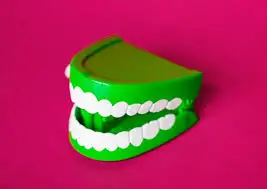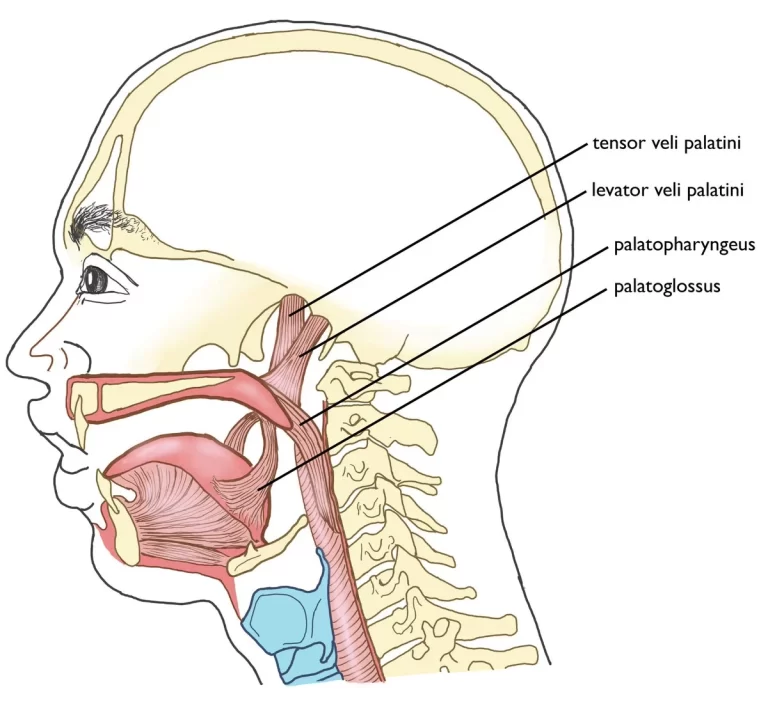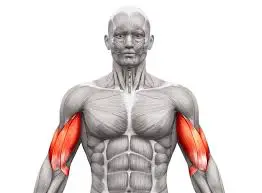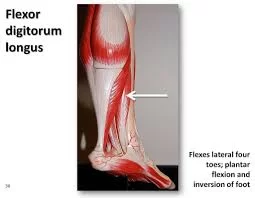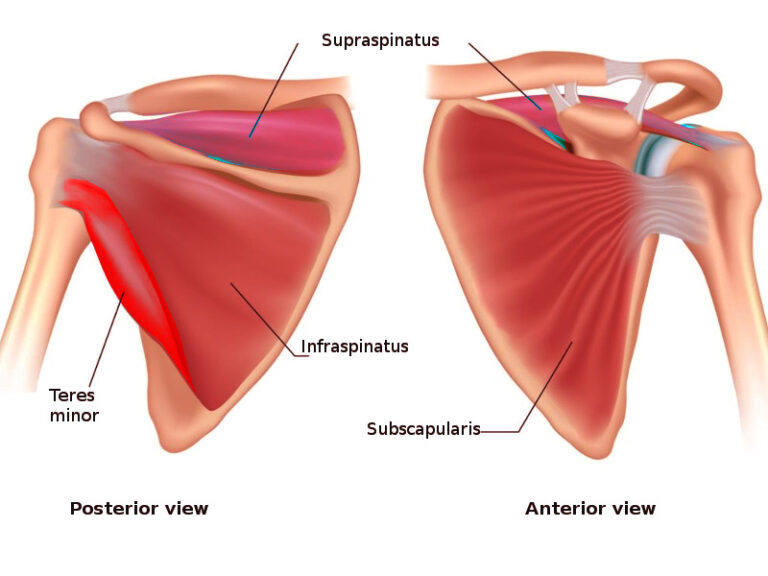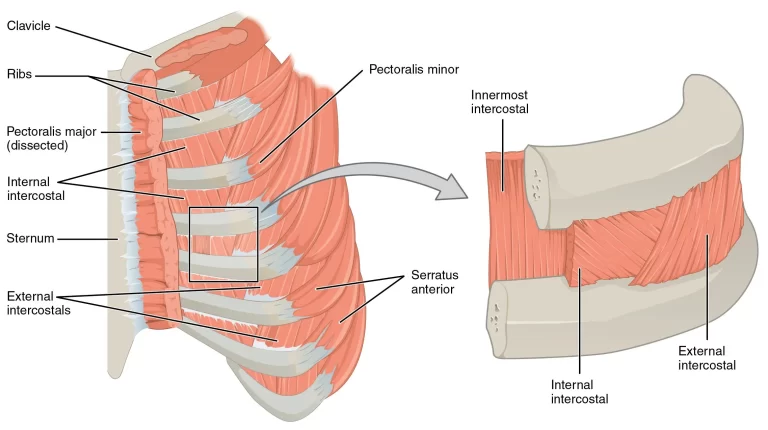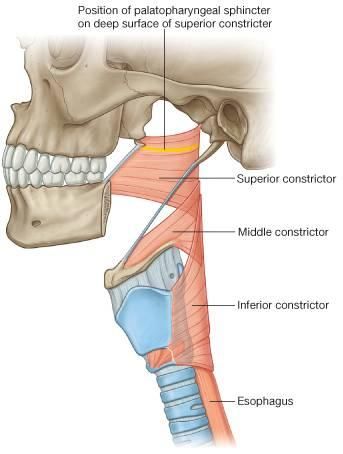Are Teeth Bones?
Table of Contents
Introduction
While your teeth and bones have certain similarities, the most notable being that they are both comprised of strong materials and are the same color, they are not the same. Teeth are not composed of bone.
Throughout your life, your bones are constantly being repaired and remade. Because of this, if you break a bone, it will heal over time. This is because the cells that make up the bone help rebuild it when it breaks. This is aided by bone marrow in your bones, which is missing in teeth.
Teeth, on the other hand, lack such qualities and are not a self-repairing tissue. As a result, when your tooth breaks, it does not repair like bone does. A tooth also has four major components: dentin, cementum, pulp, and enamel. Enamel is the strongest portion of the body and can withstand a lot of pressure, which comes in handy when eating and dealing with daily wear and tear.
Simply explained, injured bones may heal and repair themselves after being broken, however, teeth require dental care to repair a chip and fracture. This is why it is critical to consistently care for your teeth and practice excellent oral hygiene through proper dental practices.
What Constitutes Bones?
According to Pranita Karkala and her co-authors in their 2016 publication, Collagen as a Biomaterial in Dentistry, bones are largely formed of collagen, a type of protein. The other major component of your bones is calcium phosphate, a mineral. Collagen provides a soft structure for the bones, while calcium phosphate makes them hard and robust.
Because bones are formed of living tissues, they are constantly reshaped throughout your life. Old bone tissue is broken down and eliminated, allowing new tissue to grow to replace the old. This cycle maintains the strength and health of your bones.
What Constitutes Teeth?
What are teeth comprised of if they aren’t bones? Dentin and enamel are only two components of your teeth.
Pulp
The pulp, which comprises the interior parts of your teeth, is the first type of tooth tissue in your mouth. The pulp is made up of a variety of connective tissues, blood arteries, and nerves. To maintain the tooth healthy, blood arteries deliver nutrients to it.
Each tooth’s pulp contains two secondary parts: a pulp chamber that holds the crown and a root canal that is located at the root of the tooth. The blood vessels and nerves enter the tooth and reach the pulp chamber via the root canal.
Dentin
Dentin is the yellowish material that surrounds your teeth’s pulp. Dentin, which is roughly as hard as bone, makes up the majority of your tooth matter. If your teeth gradually turn yellow over time, it could be because the enamel is eroding, exposing the yellowish dentin beneath.
Enamel
The enamel is the whitish armor that covers the majority of your tooth’s surface. It forms the outermost layer of each tooth crown and covers the dentin. Your teeth would be unable to resist the intense forces involved in chewing if they lacked enamel.
Enamel also shields the deeper layers of your teeth from physical wear and tear as well as bacteria and plaque damage. Because enamel cannot regenerate over time, you must protect it by using fluoride-infused toothpaste, an electric toothbrush, and other instruments. Brush your teeth twice a day, too – it’s the best approach to prevent enamel erosion!
Cementum
The cementum is a layer of a substance that exists outside of your tooth roots but below the gum line. The cementum’s function is to keep your teeth in place within your jaw. To do this, cementum layers are as strong as bone material.
Bones, in contrast to these components, are mostly composed of collagen, a type of protein found in your skin. Calcium phosphate, a mineral, is also used to make bones. Together, these substances allow your bones to form a soft framework, bend slightly, and preserve strength and durability.
Differences in the Function of tooth and bone
The way a tooth and a bone recover is very different. When you break a bone, your body immediately begins the mending process, and cartilage begins to form within a week. On the fractured tissue, a soft callus (cartilage) of collagen occurs, followed by a hard callus when new bone tissue is formed.
Broken teeth, on the other hand, do not have the potential to mend themselves. Because your enamel lacks living tissue, it cannot form a callus to mend itself. As a result, if your enamel becomes cracked or chipped, it will remain that way until it is repaired by your dentist. Likewise, if you acquire a hollow,
What Are the Three Components of a Teeth?
The elements mentioned above are used in your teeth to create three primary sections of each tooth.
Crown
The crown is the visible component of your tooth, accounting for over two-thirds of its entire structure. To put it another way, the crown is above the gumline. Many people believe that the crown is only the top of the tooth, but it covers the top and the majority of the visible surface of the tooth.
Neck
Each tooth’s neck is the short and thin area between the crown and the root. Consider this the piece of the tooth closest to the gum that is still visible rather than covered beneath the gum line.
Root
The root is the heart of each tooth and accounts for one-third of the remaining dental matter. It is usually positioned inside your jaw to support each tooth, ensuring that your teeth remain solid and set inside your mouth.
The roots of your teeth will not be visible if your teeth are healthy.
Taking Care of Your Teeth
Care and maintenance will differ substantially due to structural and healing differences between teeth and bones. Everything should be all right as long as we feed our bones the correct nutrition and don’t damage them. However, we must care for our teeth several times per day. Brushing your teeth twice a day, once in the morning and once at night, is generally recommended. Flossing is another key component that can be done when brushing your teeth at night. To avoid damage or pain, our teeth should be attentively cared for.
Summary
Teeth and bones share similarities, such as being strong materials and having the same color. However, teeth are not self-repairing tissues and require dental care to repair chips and fractures. Teeth have four major components: dentin, cementum, pulp, and enamel. Dentin is the yellowish material surrounding the pulp, while enamel is the whitish armor covering the majority of the tooth’s surface.
Bones are made of collagen, a protein found in skin, and calcium phosphate, a mineral. These substances allow bones to form a soft framework, bend slightly, and preserve strength and durability. The way a tooth and a bone recover differs significantly. When a bone breaks, cartilage forms within a week, followed by a soft callus (cartilage) of collagen on the fractured tissue. Broken teeth do not have the potential to mend themselves, as their enamel lacks living tissue, making it difficult to repair.
Teeth consist of three primary sections: crown, neck, and root. The crown is the visible component of each tooth, accounting for over two-thirds of its structure. The neck is the short and thin area between the crown and the root, and the root is the heart of each tooth, accounting for one-third of the remaining dental matter.
To take care of teeth, it is recommended to brush twice a day, floss when brushing at night, feed bones the correct nutrition, and avoid damaging them. Regular oral hygiene and proper dental practices are crucial for maintaining the health and strength of teeth.
FAQs
Is it possible for teeth to be bones? While your teeth and bones have certain similarities, the most notable being that they are both comprised of strong materials and are the same color, they are not the same. Teeth are not composed of bone. Throughout your life, your bones are constantly being repaired and remade.
Teeth and bones have certain similarities, including being the toughest substances in your body. However, teeth are not made of bone. This misunderstanding may stem from the fact that both contain calcium.
Dentin, a bone-like tissue found behind your tooth’s enamel, accounts for the majority of the structure of your teeth.
Enamel is the toughest component in the human body, and it is found in your teeth. Bones aren’t as hard as enamel, but they’re near in terms of hardness. Other portions of your body, such as muscles, ligaments, and tendons, are quite powerful, but they pale in comparison to the mineral-based tissue in your teeth and bones.
Calcium, phosphorus, and other minerals make up teeth. Bones contain calcium, phosphorus, sodium, and other minerals, but the protein collagen is the most abundant. Collagen is a living, developing substance that provides a flexible foundation for bones, allowing them to tolerate strain.
References:
- A. (2018, September 28). Are Teeth Bones? Rocky Mountain Smiles. https://rockymountainsmile.com/blog/are-teeth-bones/
- Are teeth bones | Colosseum Dental. (2019, December 6). https://www.colosseumdental.co.uk/dental-health/are-teeth-bones
- Mfa, J. H. M. M. (2018, June 12). Are Teeth Considered Bones? Healthline. https://www.healthline.com/health/are-teeth-bones
- C. (2020, November 18). Are Teeth Bones? Colgate® Oral Care. https://www.colgate.com/en-in/oral-health/mouth-and-teeth-anatomy/are-teeth-bones-1116
- What Are Teeth Made Of? Are Teeth Bones? (2021, May 25). Supersmile. https://www.supersmile.com/blogs/supersmile-blog/what-are-teeth-made-of-are-teeth-bones
- Are Teeth Bones? Here’s the Difference (and Why It Matters). (n.d.). Better & Better. https://betterandbetter.com/blogs/the-reverie/are-teeth-bones

